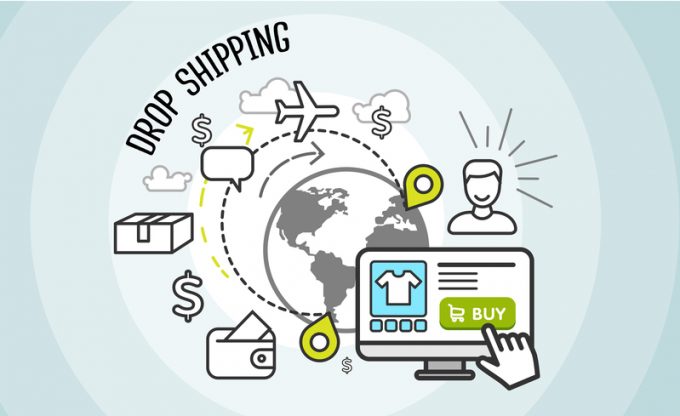Making sense of the sheer Amazon LTL nonsense
Thank the pros

Drop shipping is on the rise. After all, why bother holding and managing inventory if you can spend your time more productively, selling more?
Drop shipping isn’t exactly a new concept, but it is growing in leaps and bounds in the e-commerce world.
In essence, it is a model in which the retailer does not hold inventory, but transfers customer orders to a manufacturer, wholesaler or another retailer, which then sends out the goods.
“Everybody wants to focus on marketing and not spend time and money ...
Volcanic disruption at Anchorage could hit transpacific airfreight operations
Macron calls for ‘suspension’ – CMA CGM's $20bn US investment in doubt
Forwarders stay cool as US 'liberation day' tariffs threaten 'global trade war'
Shippers snap up airfreight capacity to US ahead of tariff deadline
De minimis exemption on shipments from China to the US will end in May
Tighter EU import requirements proving 'a challenge' for forwarders
Looming Trump tariffs will create 'a bureaucratic monster' for Customs

Comment on this article
JENNY SPONTON
January 04, 2021 at 6:36 amHello, Great article! I think that the most qualitative advantage of drop shipping is that you can start selling without a lot of early investment because you don’t have to buy wholesale or to cover the cost of your own manufacturing. Since you don’t stock the product, you don’t pay for it until it is sold.